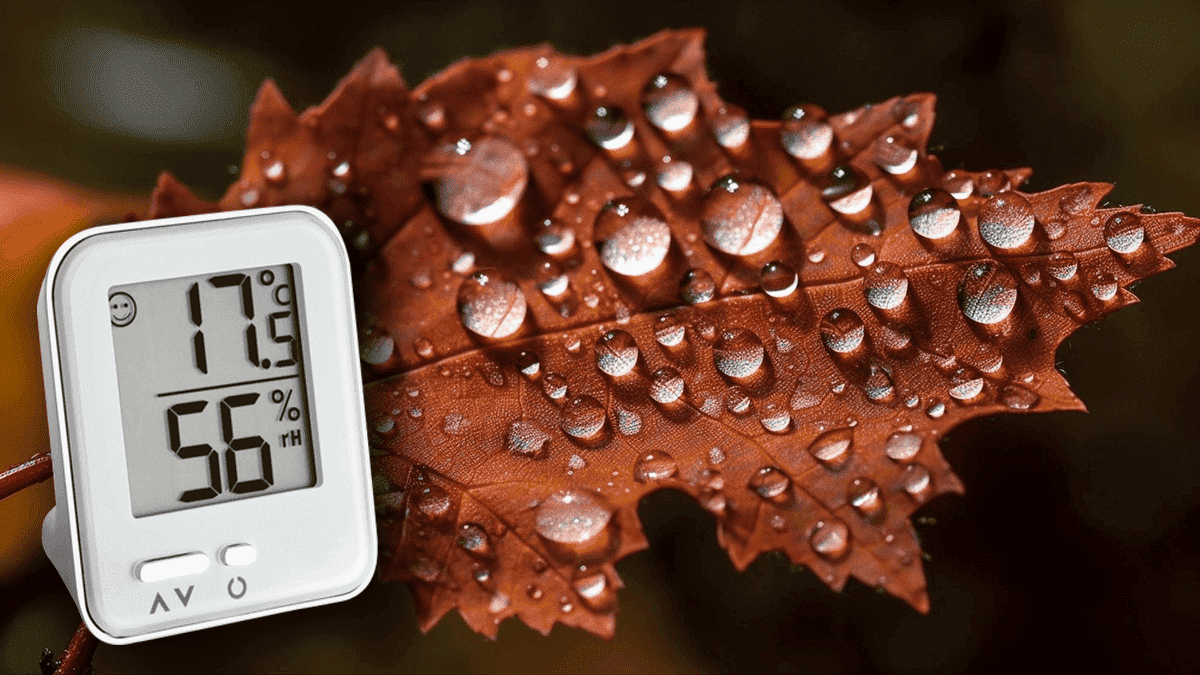Long before the advent of modern instruments, ancient civilizations were keenly aware of the importance of humidity. In early agricultural societies, monitoring humidity was crucial for farming, as it impacted the health of crops. By observing the environment—changes in plant behavior, dew formation, even the smell of the air—these early humans had their rudimentary ways of assessing moisture levels.
The Physics of Air Humidity: A Closer Look
When we discuss the physics of air humidity, we’re talking about the behavior of water molecules in a gaseous state within a mixture of other gases—primarily nitrogen and oxygen. Water molecules are in constant motion, and their energy levels determine their state—solid, liquid, or gas. At a given temperature, some water molecules in liquid form gain enough energy to break free and become vapor, while some in vapor form lose energy and condense into liquid. This dynamic equilibrium creates what we know as humidity.

The most common ways to quantify humidity are absolute, relative, and specific humidity. Absolute humidity is the mass of water vapor in a given air volume, usually expressed in grams per cubic meter. However, air can hold more or less water vapor depending on its temperature, making absolute humidity a less practical measure for everyday applications.
This brings us to relative humidity, often the more useful measure for understanding how humidity feels. Relative humidity is the ratio of the current amount of water vapor in the air to the maximum amount the air can hold at that specific temperature, expressed as a percentage. If the air holds half the moisture it can hold at a given temperature, the relative humidity would be 50%.
Relative humidity can change with the amount of moisture in the air and with temperature, as warmer air can hold more moisture. Specific humidity is another useful measure, particularly in scientific applications. It refers to the mass of water vapor per unit of air, including dry air and water vapor; it’s usually measured in grams per kilogram of air.
Water vapor also plays a significant role in the thermodynamics of the atmosphere. It can absorb and release considerable heat, affecting temperature and weather patterns. For example, water vapor condensing into liquid water releases heat, fueling storms and other weather phenomena.
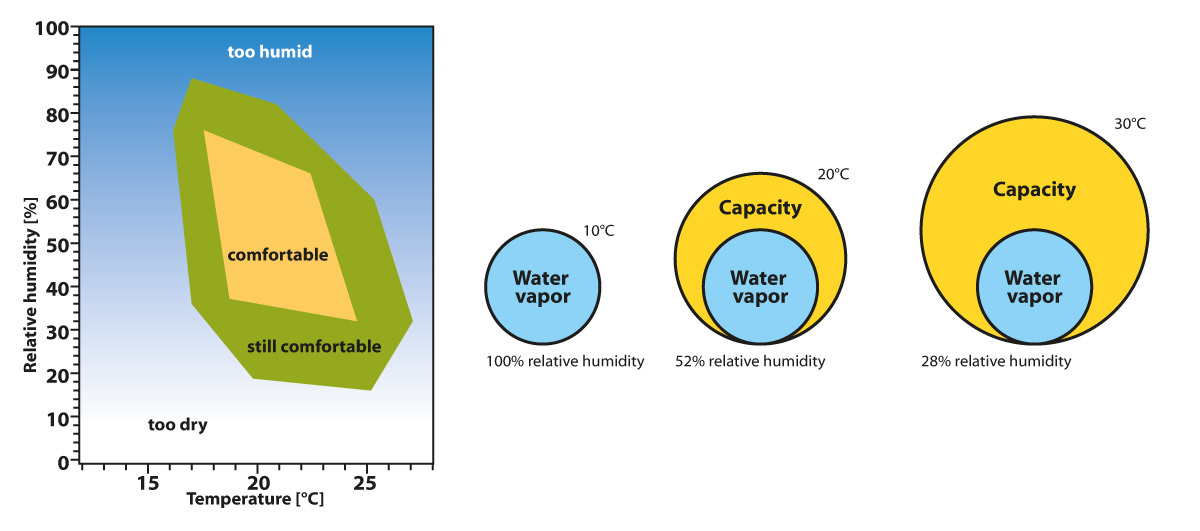
All these physical properties and behaviors of water vapor—its equilibrium with liquid water, its temperature-dependent capacity to exist in the air, and its thermal properties—contribute to the complexity of humidity and its measurement. This complexity makes the physics behind humidity essential for various scientific and practical applications, from predicting weather to understanding how buildings should be ventilated.
By deepening our understanding of the physics behind air humidity, we equip ourselves with the knowledge to make more accurate predictions and decisions in various fields—meteorology, agriculture, construction, and even healthcare.
History of Humidity Measurement and Instruments
In ancient times, people relied on more rudimentary means to gauge humidity. Observations of natural phenomena like dew formation, fog, and the behavior of plants and animals were among the earliest methods of estimating moisture levels in the air. These observations, though imprecise, were crucial for agriculture and water resource management.
The 15th and 16th centuries saw the development of the first hygrometers, instruments designed to measure humidity. One of the earliest was Leonardo da Vinci’s “rope hygrometer,” which employed a rope coiled around a drum; as the rope absorbed moisture from the air, it would lengthen, turning the drum and providing a rudimentary humidity measurement.
In the 17th century, Francesco Folli invented a more advanced version, which utilized human hair under tension. Hair has hygroscopic properties, which absorb moisture from the air, causing it to lengthen or contract. This was a significant advancement and remained a standard method for some time.
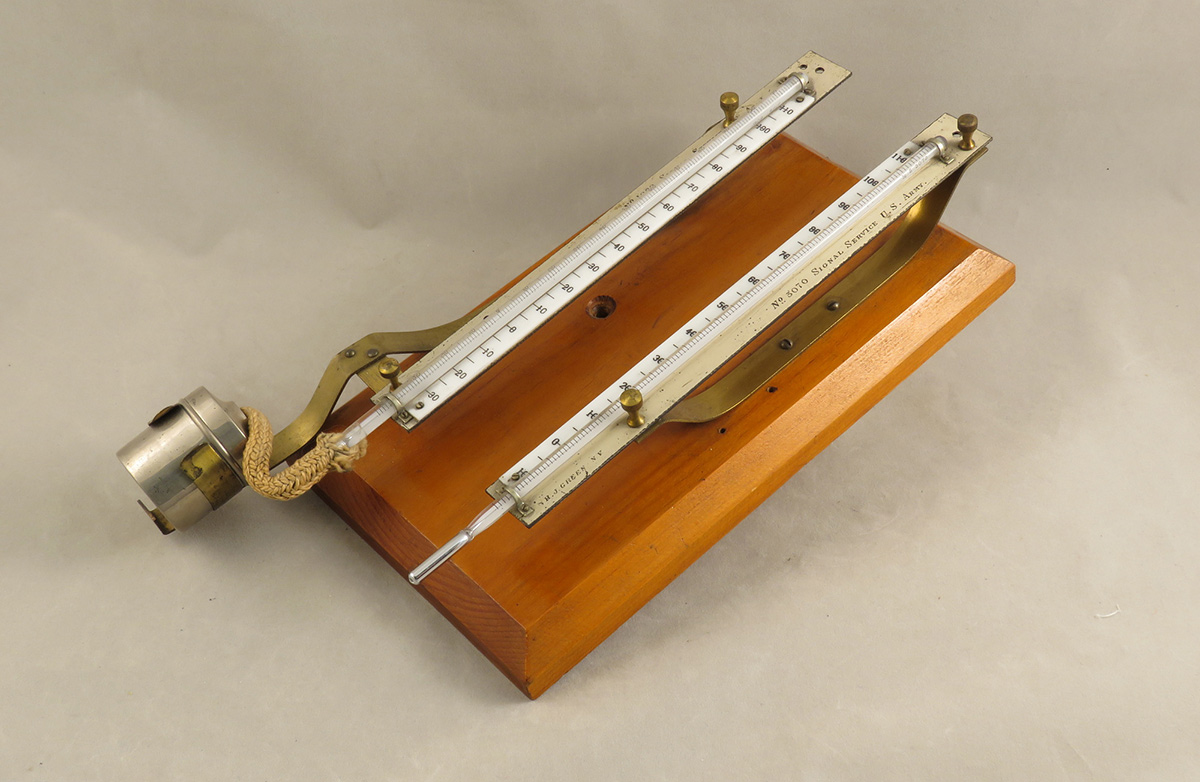
The 19th century ushered in a wave of scientific rigor and experimentation. Samuel C. R. Unger introduced the psychrometer in 1808, a device that used two thermometers to measure air and “wet-bulb” temperatures. By comparing these two measurements, one could determine the humidity level. The psychrometer was a milestone in the field, offering much more accuracy than previous methods and becoming a standard tool for meteorologists.
In the 20th and 21st centuries, technology took center stage. Capacitive and resistive hygrometers, which use electrical resistance and capacitance to measure humidity, became popular for their precision and reliability. These digital sensors are now the industry standard, used in everything from weather stations to HVAC systems, smartphones, and even smart homes.
Psychrometer
The psychrometer consists of two thermometers: dry and wet bulbs. The dry-bulb thermometer measures the ambient air temperature, while the wet-bulb thermometer has its bulb wrapped in a moistened cloth. Water evaporates as air flows over the wet cloth, cooling the wet-bulb thermometer. The difference in temperature between the dry-bulb and wet-bulb readings can then be used to determine the relative humidity of the air.
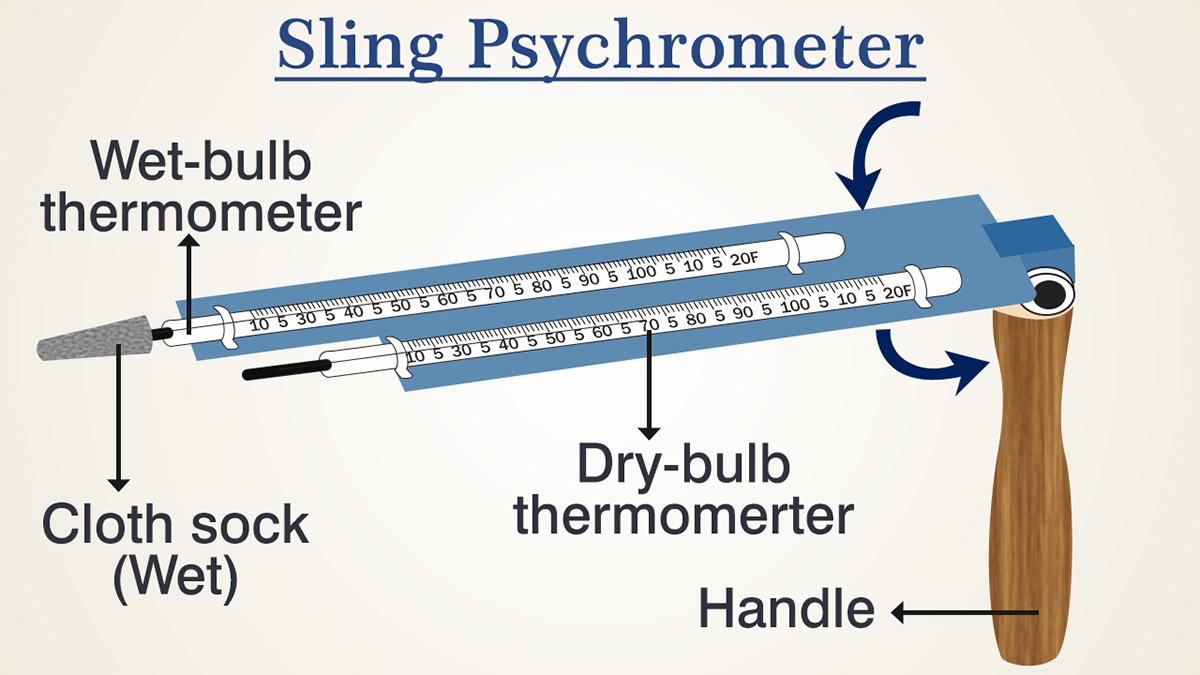
The principle behind the psychrometer is rooted in the physics of evaporative cooling. When water evaporates, it absorbs heat energy from its surroundings, reducing the temperature. The rate of evaporation, and hence the degree of cooling, is influenced by the moisture content in the air.
The evaporation rate will increase in drier conditions, leading to a greater temperature difference between the dry and wet bulbs. Conversely, when the air is saturated with moisture, the evaporation rate and the subsequent cooling rate will be less, resulting in a smaller temperature difference between the two bulbs.
In the modern era, electronic psychrometers have been developed to provide quick and accurate measurements. These digital versions often include small fans to ensure a consistent air flow over the wet bulb, improving the accuracy of the reading. They can also digitally calculate the relative humidity based on the dry-bulb and wet-bulb temperatures, removing the need for manual calculations or consulting psychrometric charts.
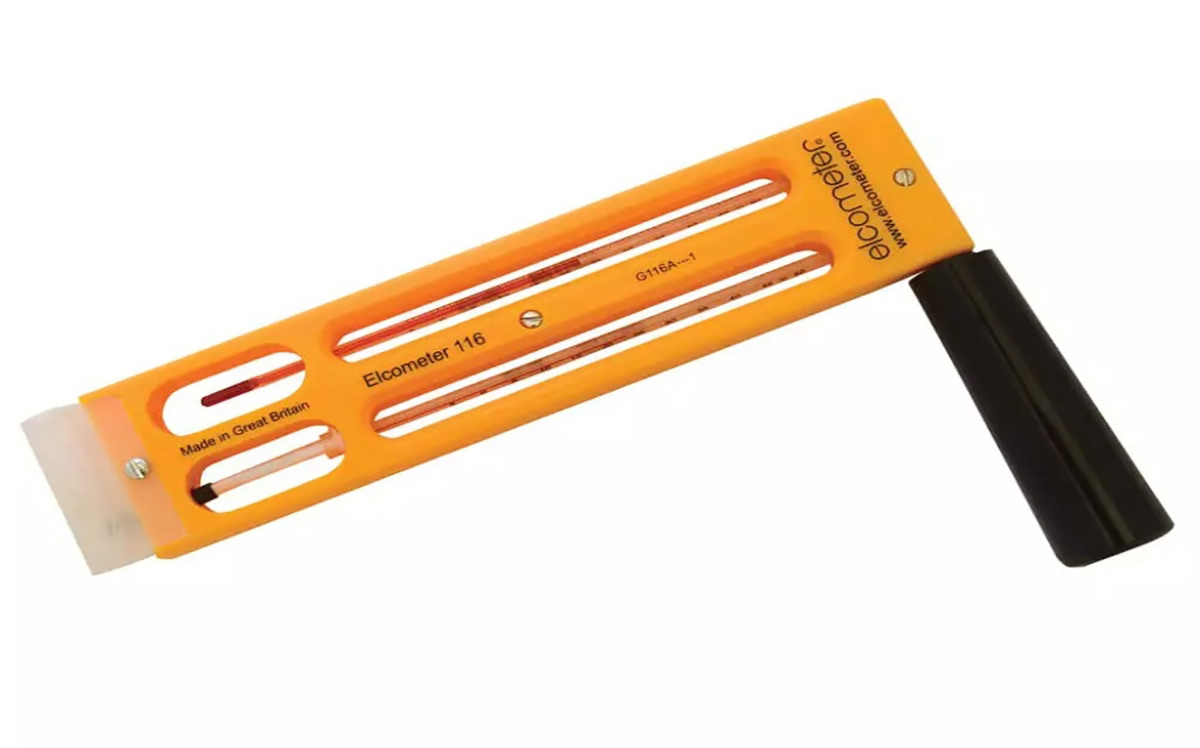
In the 19th century, the whirling psychrometer made its appearance. This device consisted of two thermometers, one with a wet bulb and a moist cloth. By spinning the psychrometer, the difference in temperature between the wet and dry bulbs gave an estimation of the air’s moisture content. This was a significant advancement, offering more reliable readings and gaining popularity among meteorologists.
Digital Hygrometers
Capacitive hygrometers work on the principle of electrical capacitance. At the device’s core is a capacitor with a hygroscopic dielectric material sandwiched between two metal plates. As the moisture content in the air changes, the dielectric material absorbs or releases water vapor. This action alters the electrical capacitance of the capacitor, which can be precisely measured and converted into a humidity reading. Capacitive hygrometers are known for their high accuracy and quick response times, making them highly valuable for various applications. They’re often found in weather stations, HVAC systems, and smartphones.
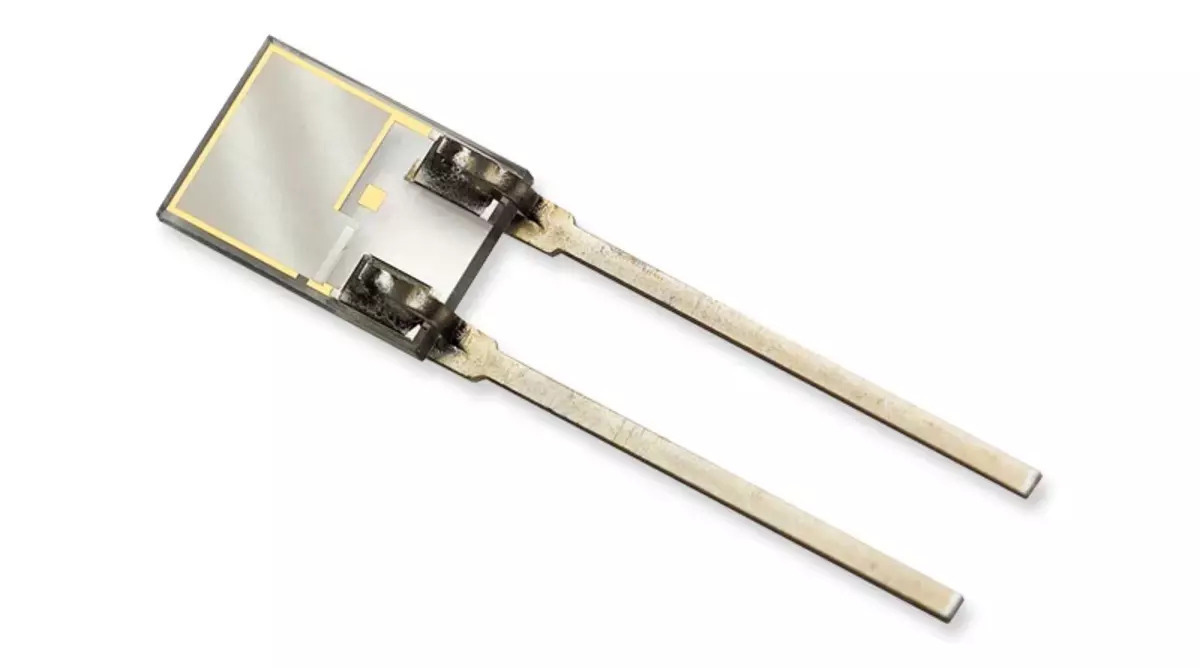
Resistive hygrometers, on the other hand, rely on the principle of electrical resistance. These devices use a substrate material like ceramic coated with a salt or conductive polymer. As the substrate absorbs moisture from the air, its electrical resistance changes. This change in resistance is then measured and translated into a humidity level. While generally less precise than their capacitive counterparts, resistive hygrometers are often cheaper and more rugged. This makes them suitable for applications with extreme conditions or high precision is not as critical.
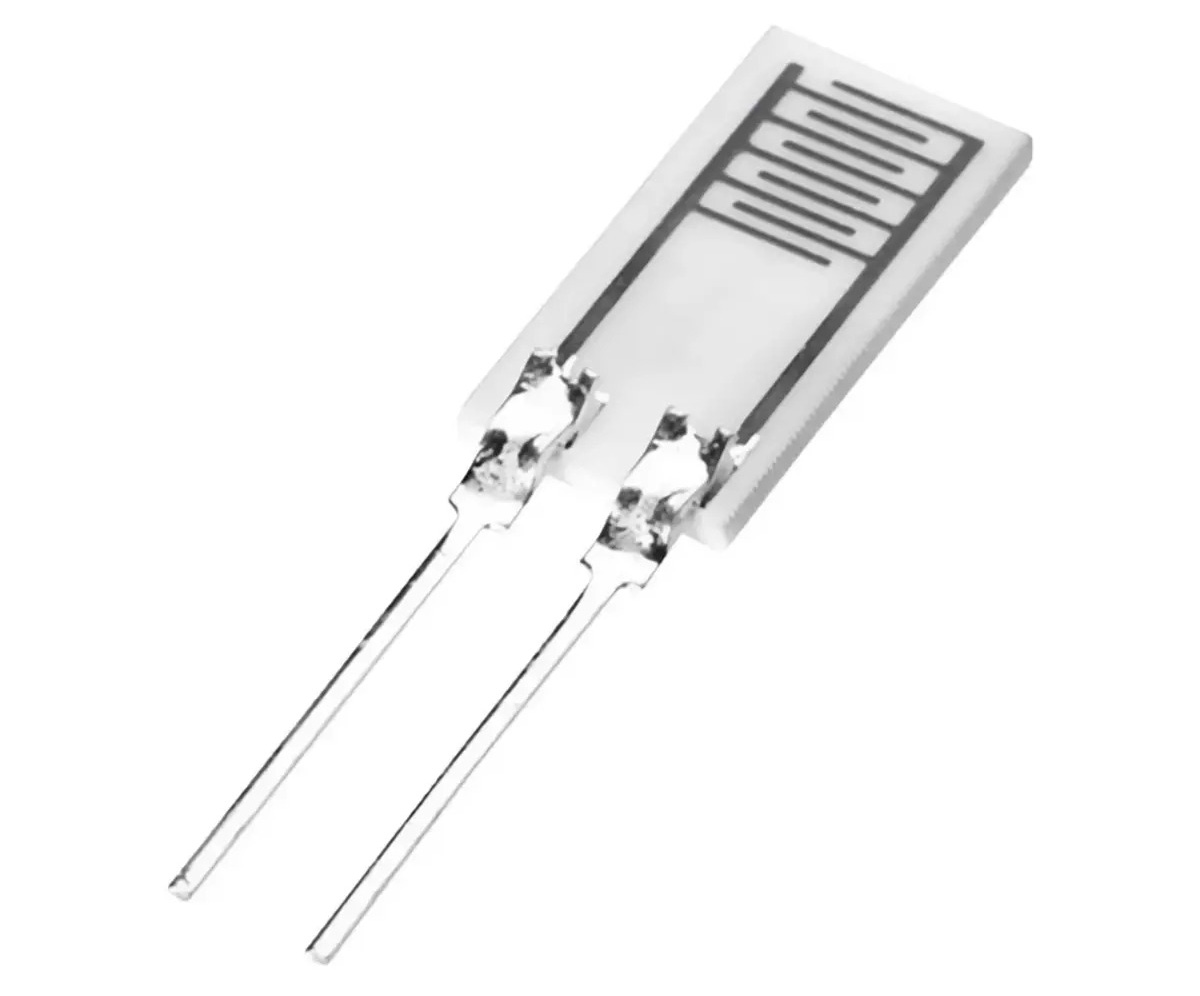
Both types of digital hygrometers have revolutionized the field of humidity measurement. Their compact size and digital output make them easily integrated into various systems, from complex weather forecasting stations to household gadgets like humidifiers and smart home systems. Their high accuracy and quick response times make them ideal for critical applications such as pharmaceutical manufacturing, agriculture, and healthcare settings, where precise humidity control is essential.
Humidity and Temperature
Temperature fundamentally influences the amount of water vapor that air can hold. Warm air has a higher capacity for holding moisture than cold air. This is because warmer air has more kinetic energy, allowing it to accommodate more water vapor molecules in a gaseous state.
When air is saturated at a given temperature, it has reached its maximum capacity for holding water vapor, so meteorologists often refer to “relative humidity” as a percentage. The term describes how much moisture the air holds relative to its maximum at a specific temperature. So, when we say the relative humidity is 100%, the air holds all the moisture it can at that current temperature, making conditions ripe for precipitation.

Conversely, as the air cools, its capacity to hold water vapor diminishes. This reduction in capacity can result in condensation, which we observe as dew, fog, or clouds. The temperature at which this occurs is known as the dew point. In a practical sense, this explains why you might experience dew forming on grass in the early morning. The temperature has dropped overnight, reducing the air’s ability to hold moisture and causing water vapor to condense into liquid water.
The relationship between humidity and temperature also critically impacts human comfort and health. High humidity and high temperatures can make the air feel muggy and uncomfortable. This combination can also pose health risks, such as heat exhaustion or heat stroke because the body struggles to cool itself effectively through sweating.
On the other end of the spectrum, low humidity levels often accompany cold winter temperatures. In this case, the dry air can lead to skin irritation, respiratory issues, and even increased susceptibility to illness. Also, low humidity levels in cold conditions can cause static electricity and damage wooden furniture and musical instruments by causing them to dry out and crack.
Humidity and Severe Weather
Humidity is critical in developing severe weather patterns, including thunderstorms, hurricanes, and tornadoes. This moisture-laden air serves as a fuel, with high humidity levels contributing to the formation and intensity of such events.
The upward motion of humid air often leads to the rapid cooling and condensation of water vapor, resulting in towering cumulonimbus clouds and the potential for heavy precipitation, hail, and even tornadoes. Consequently, monitoring humidity levels is vital for understanding and predicting the likelihood and severity of these weather phenomena.
Another important factor in understanding severe weather is the dew point, or the temperature at which air becomes saturated and water vapor starts to condense. High dew points indicate an atmosphere already rich in moisture, thus requiring less energy to initiate the processes of condensation and precipitation. High dew points can be a precursor to more intense weather conditions, such as thunderstorms or hurricanes, as an early warning signal for meteorologists and the general public.
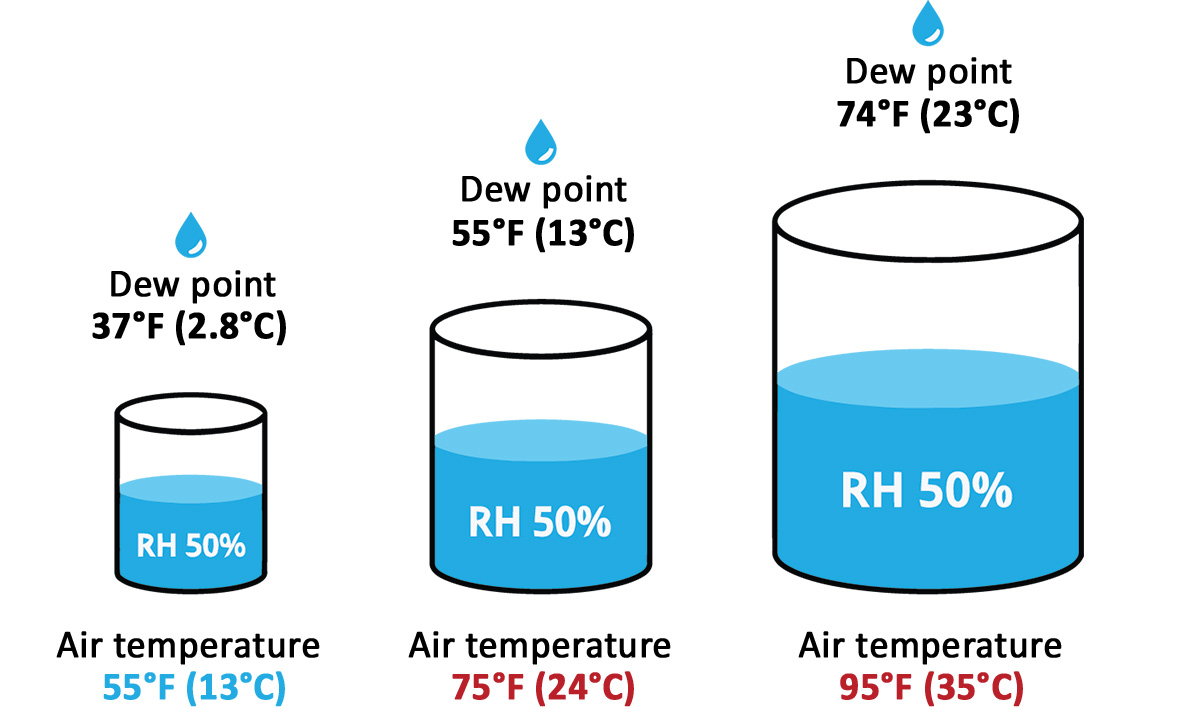
These two factors—humidity and dew point—often interact in complex ways to influence severe weather events. An atmosphere with high humidity and dew points can become unstable, particularly when combined with high surface temperatures. This volatile mix can lead to the rapid development of severe weather, ranging from thunderstorms to more catastrophic events like tornadoes. Conversely, a sudden drop in humidity can also be a key indicator of a change in weather patterns, often heralding the arrival of a cold front and the potential for severe weather conditions.
In the case of hurricanes, this interplay becomes particularly critical. Warm, moist air, characterized by high humidity and dew points, fuels the storm over ocean waters. When a hurricane encounters dry air or moves over cooler waters, it often weakens due to a lack of this fuel.
Interesting Facts about Humidity
Humidity Affects Sound Travel
Believe it or not, sound waves travel faster in humid air compared to dry air. This is because moist air is less dense, offering less resistance to the movement of sound waves.
The Driest Place on Earth
The Atacama Desert in Chile has some of the lowest humidity levels recorded, sometimes dropping to as low as 1%. It’s so dry that some weather stations in the region have never recorded rain.

Extreme Humidity on Other Planets
Venus is known for its extremely high humidity, close to 100%. However, the atmosphere is mostly carbon dioxide, and the extreme heat and pressure would make it uninhabitable.
Hair and Humidity
Human hair is hygroscopic, meaning it absorbs water from the air, which is why hair can become frizzy in humid conditions and limp in dry ones.
Impact on Sports
Many sports are affected by humidity. For example, baseballs can travel farther in humid conditions because the air offers less resistance. In contrast, high humidity can slow down runners, making evaporative cooling less effective.
World’s Most Humid Cities
Cities like Kuala Lumpur, Jakarta, and Singapore are among the most humid in the world, with average relative humidity above 80%.
Humidity and Health
High humidity can increase the risk of heat stroke and other heat-related illnesses, as it prevents sweat from evaporating from the skin, hindering the body’s ability to cool itself.
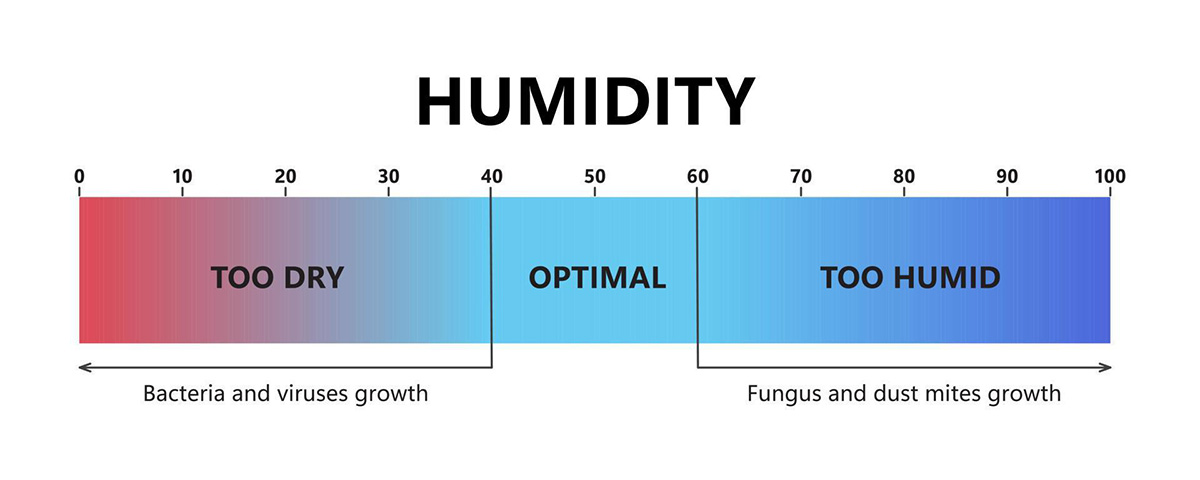
Why Humidity Matters
From its earliest measurements using hair strands to today’s state-of-the-art electronic sensors, the science of humidity measurement has come a long way. Understanding the physics of air humidity and how it interacts with temperature and other atmospheric conditions allows us to forecast weather with greater accuracy and design better systems for healthcare, agriculture, and even data storage.
The significance of understanding and measuring humidity cannot be overstated. As our world continues to change, partly due to climate variations, gaining a comprehensive understanding of humidity becomes more crucial. Whether it’s preparing for extreme weather events, conserving natural habitats, or simply optimizing our indoor environments, accurate humidity measurement is a tool we cannot afford to overlook.
southernairnow.com, Green Building Advisor, scijinks.gov, Climasure, Wikimedia, ScienceStruck, National Geographic, American History, and Atlas Scientific provided images used in this article.
SEE ALSO: Unlocking Autumn’s Secrets: How Barometers Predict the Season’s Most Dramatic Weather Shifts
